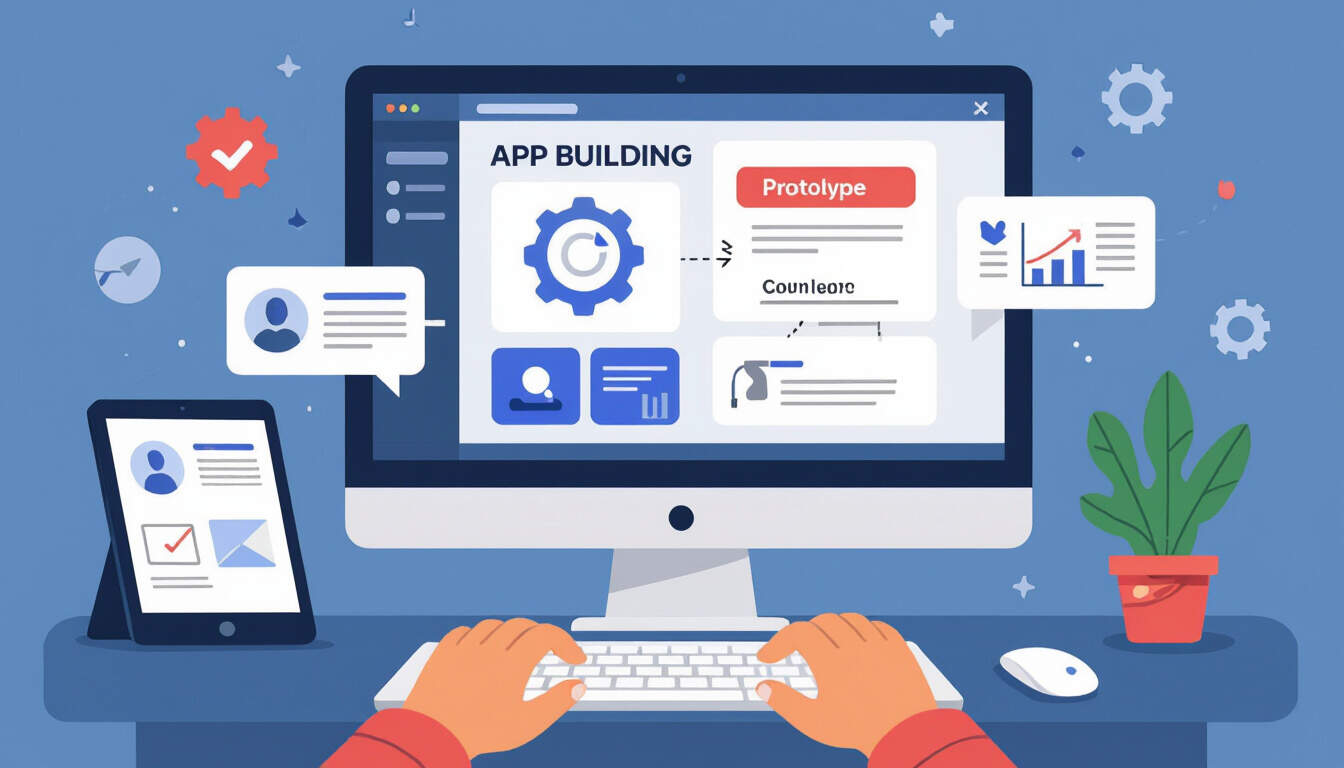Strategies for Idea Scalability Planning with Zero-Code Tools in MVP Validation
 by Marlene Keeling
by Marlene Keeling
Explore how zero-code tools simplify idea scalability planning and MVP validation for startups. This guide offers practical steps to test concepts quickly, reduce risks, and prepare for growth without writing code, empowering entrepreneurs to bring ideas to life efficiently.

Zero-code tools have transformed how entrepreneurs and product managers approach MVP validation. These platforms allow users to build and test prototypes rapidly, making it easier to assess idea scalability from the start.
In the early stages of product development, planning for scalability is essential. It ensures that an idea can grow without facing technical barriers. By using zero-code tools, teams can create functional prototypes that mimic the final product, helping to validate core assumptions quickly.
One key strategy involves starting with simple prototypes. For instance, tools like visual builders enable users to drag and drop elements to form apps. This method supports MVP validation by allowing quick iterations based on user feedback.
When considering scalability, focus on features that handle increased demand. Zero-code platforms often include options for integrating databases and APIs, which help in testing how an idea performs under load. This approach lets startups simulate real-world scenarios without heavy investment.
Practical steps for implementation include:
- Identifying core features of your idea.
- Building a basic prototype using intuitive interfaces.
- Gathering user input through testing sessions.
- Analyzing data to refine the concept.
These steps make the process accessible even for those without technical backgrounds. For example, a product manager can use pre-built templates to assemble a minimum viable product in hours, rather than weeks.
Another advantage is cost efficiency. Traditional development requires hiring developers, which can be expensive. Zero-code tools lower these barriers, enabling entrepreneurs to allocate resources elsewhere. This shift allows for faster market entry and better adaptability.
In practice, many startups have succeeded by prioritizing validation first. They build prototypes to test market fit, then plan for scaling based on results. This iterative process reduces the risk of building something that doesn't meet needs.
Tools with automation features are particularly useful. They handle repetitive tasks, freeing up time for strategic planning. For instance, automated workflows can manage user interactions, providing insights into how an idea might scale.
To enhance scalability planning, consider user growth projections. Zero-code environments often support scaling elements like user accounts and data storage. By testing these early, teams can identify potential issues before full launch.
Beyond building, analytics integration plays a role. Many platforms offer built-in tracking for user behavior, which informs decisions on refinement. This data-driven method strengthens validation efforts and guides future development.
For teams in startups, collaboration is key. Zero-code tools facilitate shared editing and real-time updates, making it easier to involve multiple stakeholders. This collaborative aspect speeds up the validation cycle and improves overall planning.
Over time, as an idea gains traction, transitioning to full-scale development becomes smoother. The prototypes created serve as blueprints, ensuring that the scalable version aligns with validated concepts.
In summary, adopting zero-code tools for MVP validation and idea scalability planning offers a straightforward path forward. It empowers product managers and entrepreneurs to innovate confidently, turning ideas into testable realities with minimal hurdles.
By following these strategies, individuals can achieve meaningful progress. The ability to validate and plan efficiently opens doors to sustainable growth, making it a vital approach for modern ventures.
